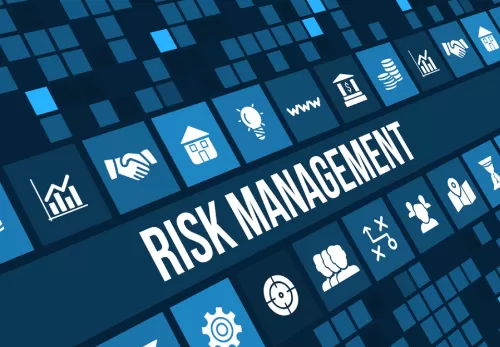Effective Risk Management Strategies for Businesses in 2025
Risk management is a critical aspect of running a successful business. From financial uncertainties to cybersecurity threats, companies face numerous risks that can impact their operations and profitability. Implementing a strong risk management strategy can help businesses mitigate potential threats and maintain stability. Here’s how your business can effectively manage risks in 2025.
Click to Get Big Benefits

Identify Potential Risks
The first step in risk management is recognizing potential threats that could affect your business. These may include:
Financial Risks: Cash flow issues, economic downturns, or market fluctuations.
Operational Risks: Supply chain disruptions, equipment failures, or human errors.
Cybersecurity Risks: Data breaches, hacking attempts, or system vulnerabilities.
Legal & Compliance Risks: Regulatory changes, contract disputes, or intellectual property violations.
Assess and Prioritize Risks
Once risks are identified, businesses should evaluate their likelihood and potential impact. A risk assessment matrix can help categorize risks based on severity:
High Impact, High Probability: Immediate action required.
High Impact, Low Probability: Prepare mitigation strategies.
Low Impact, High Probability: Monitor and control risks.
Low Impact, Low Probability: Minimal action required.
Develop a Risk Mitigation Plan
Creating a solid risk management plan involves implementing measures to reduce potential threats:
Diversify Revenue Streams: Reduce dependency on a single market or client.
Strengthen Cybersecurity Measures: Use encryption, firewalls, and employee training.
Ensure Regulatory Compliance: Stay updated with industry regulations and implement necessary changes.
Invest in Insurance: Coverage for liability, business interruption, and cybersecurity risks.
Implement Risk Monitoring & Control
Risk management is an ongoing process that requires continuous monitoring:
Regular Risk Audits: Assess business operations and security measures.
Use Data Analytics: Leverage predictive analytics to identify emerging risks.
Create an Emergency Response Plan: Have a crisis management strategy for unforeseen events.
Foster a Risk-Aware Culture
Employees play a key role in risk management. Businesses should:
Encourage Open Communication: Employees should report risks without fear.
Provide Training Programs: Educate staff on compliance and security best practices.
Assign a Risk Management Team: Designate individuals to oversee risk strategies.
Conclusion
Effective risk management is essential for business success in 2025. By identifying, assessing, and mitigating risks, companies can enhance resilience and safeguard their future. Stay proactive and implement these strategies to minimize uncertainties and drive growth.

All News
- Dentistry
- Lawyer
Others
- Terms of use
- Privacy Policy
- About Us
